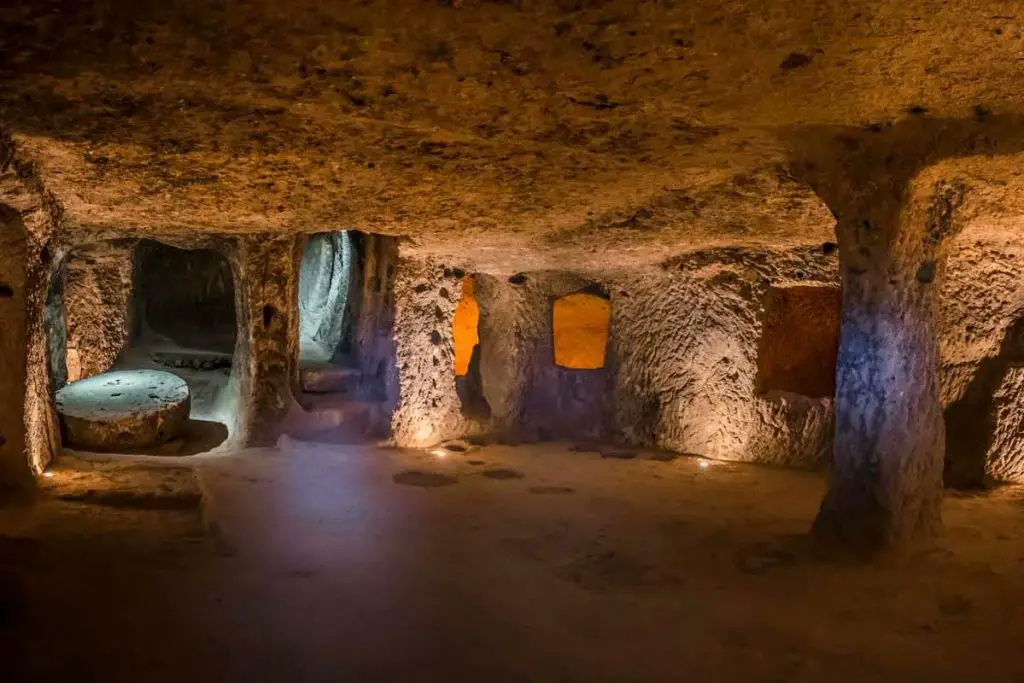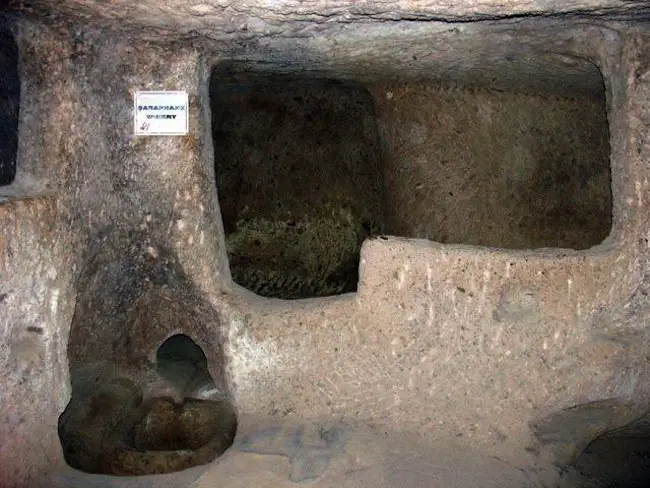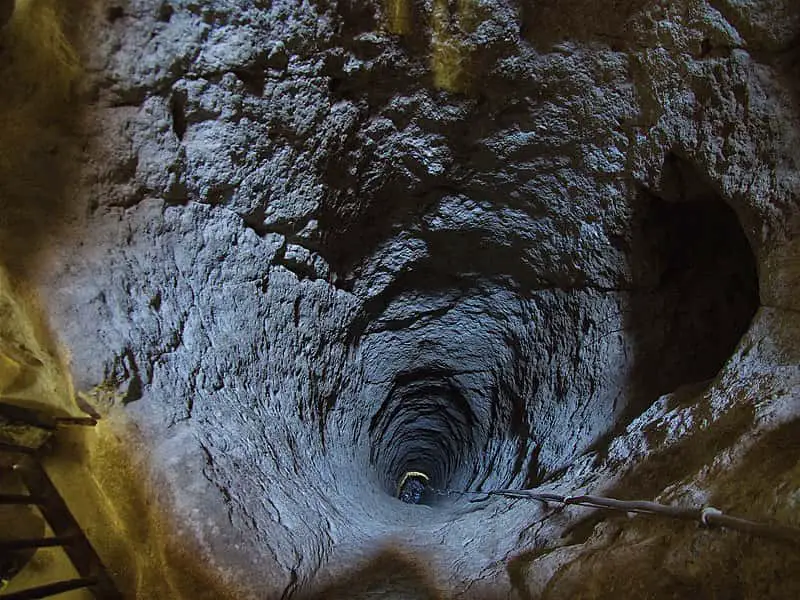A Turkish homeowner was in the middle of renovating his house when he had quite an unexpected discovery. While chasing his chickens, he accidentally knocked down a wall in his basement back in the 1960s. To his surprise, this revealed a dark tunnel that led to an ancient Turkish city known as Derinkuyu. This city, which was hidden more than 280 feet beneath the Cappadocia region, used to be home to around 20,000 people.
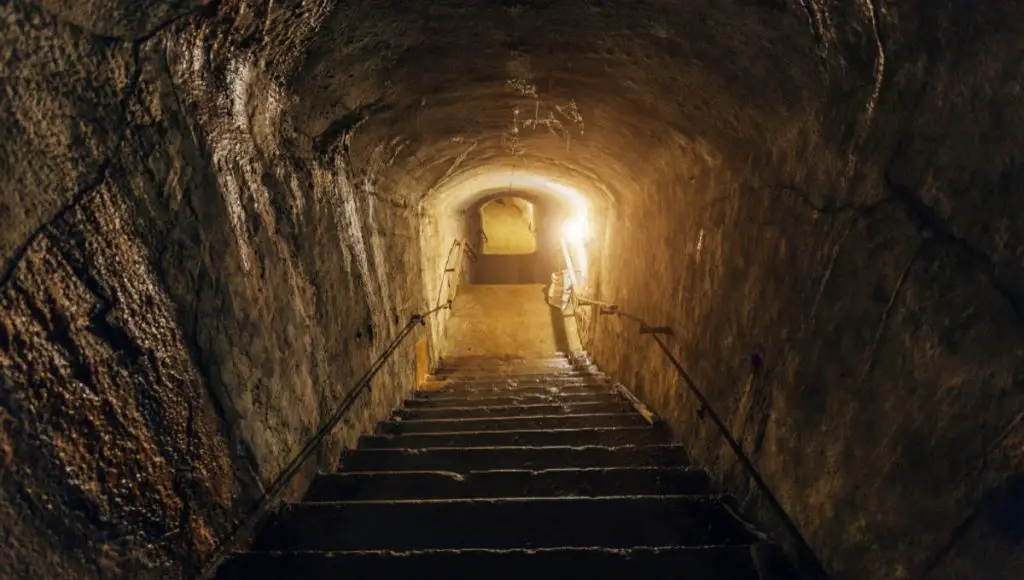
Derinkuyu is considered the largest underground city that has been excavated globally. It’s not just one isolated city though; it’s believed to be connected to over 200 smaller underground cities that have been found in recent years. Turkish guides informed the BBC about this incredible network of cities.
When exploring the subterranean city, researchers found a complex system with 18 levels of tunnels. These tunnels contained homes, places for storing food, stables for cattle, schools, wineries, and even a chapel. The people who lived here had a way to get fresh air and water through a ventilation system.
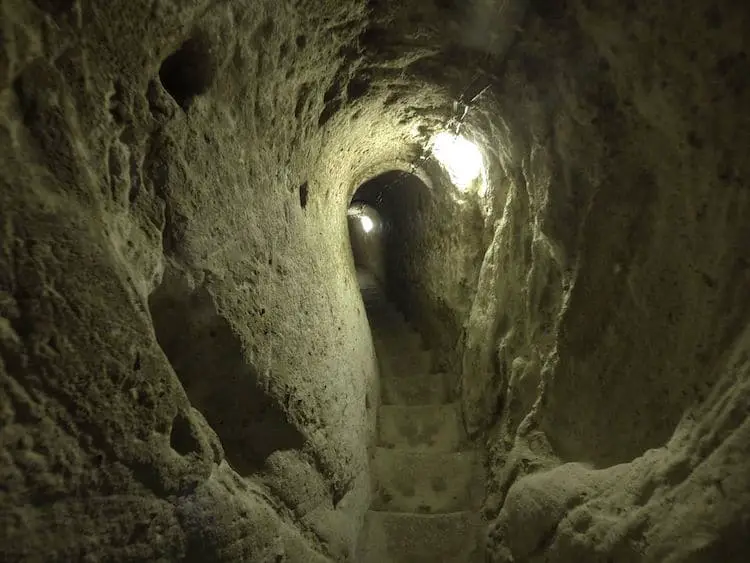
Life in this underground city was likely quite challenging, as explained by one of the guides named Suleman. People had to use sealed clay jars for waste, relied on torchlight for visibility, and designated specific areas for handling deceased bodies.
The exact time when this impressive city was built is still debated, but ancient writings from around 370 BC suggest its existence. The entrances to different levels were blocked with large stones, weighing half a ton, which could only be moved from the inside. These stones had small holes, allowing residents to defend themselves if needed.
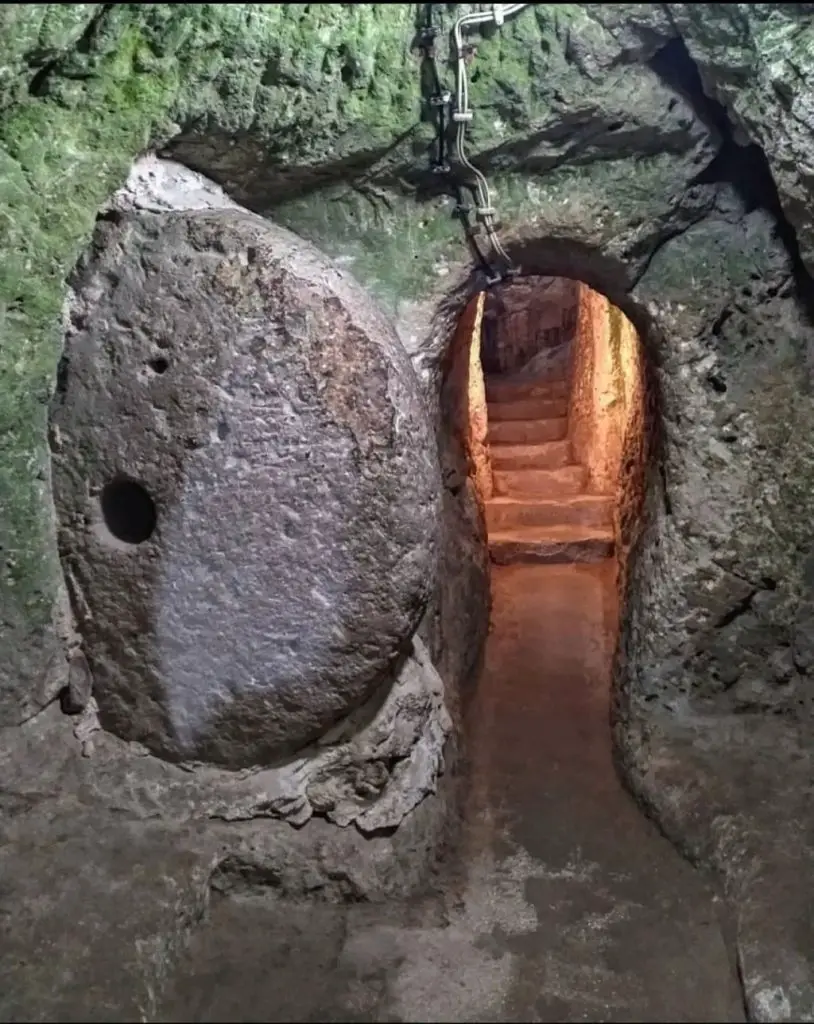
The original purpose of this city might have been for storing goods, but it later served as a safe haven during times of invasion. The narrow and low hallways were intentionally designed to make it difficult for intruders to move around comfortably.
While the architects remain a mystery, researchers think that the Hittites, a Bronze Age Anatolian people, might have started the construction when they faced threats from the Phrygians around 1200 BCE. The Phrygians, who ruled Anatolia for centuries, are thought to have expanded the city over time.
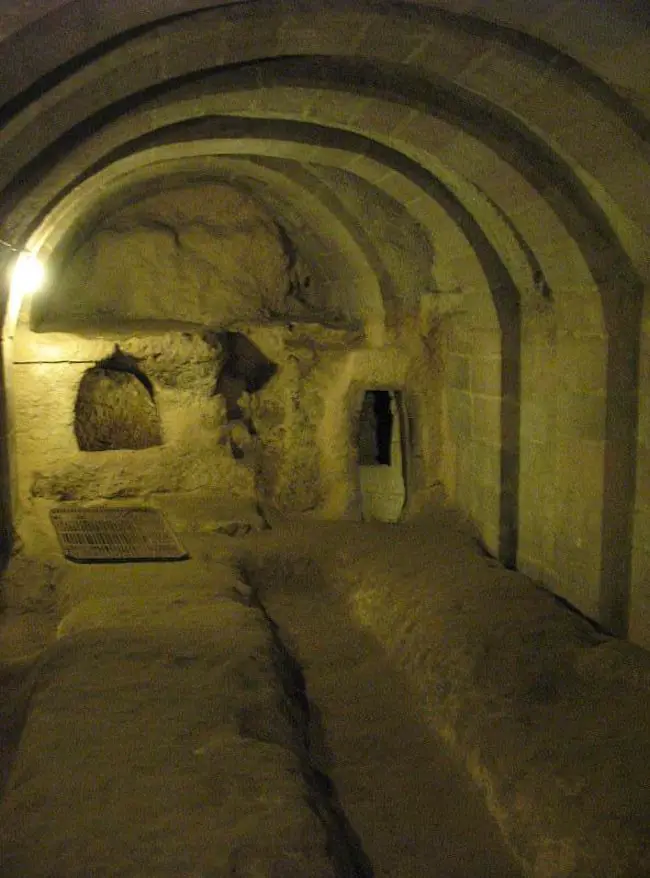
Derinkuyu’s population likely peaked at around 20,000 during the 7th century when there were raids by Islamic forces on the Christian Byzantine Empire.
After nearly 2,000 years of use, Derinkuyu was eventually abandoned in 1923. The Cappadocian Greeks left the city as they were defeated in the Greco-Turkish war and fled to Greece. Now, a century after its rediscovery, this ancient city is open for visitors who are curious about its history. In 1985, Derinkuyu was added to the UNESCO World Heritage list.
